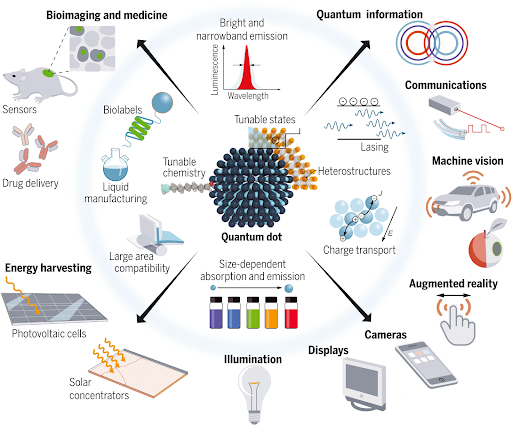In news- An international team of scientists has made a breakthrough in retaining the quantum coherence of quantum dot spin qubits.
Key updates-
- These new technologies will alter a wide range of enterprises and research initiatives, from information security to the search for novel materials and chemicals, to measurements of fundamental physical processes requiring exact temporal synchronisation among the sensors.
- Spin-photon interfaces are elementary building blocks for quantum networks that allow converting stationary quantum information (such as the quantum state of an ion or a solid-state spin qubit) into light, namely photons, that can be distributed over large distances.
- A major challenge is to find an interface that is both good at storing quantum information and efficient at converting it into light.
- Optically active semiconductor quantum dots are the most efficient spin-photon interface known to date but extending their storage time beyond a few microseconds has puzzled physicists in spite of decade-long research efforts.
What are Quantum Dots (QDs)?
- Quantum dots (QDs) are semiconductor particles a few nanometres in size, having optical and electronic properties that differ from those of larger particles as a result of quantum mechanics.
- The size of the QDs is orders of magnitude larger than a typical atomic radius, yet small enough to provide quantum confinement of electrons and holes in all three spatial dimensions.
- They are a central topic in nanotechnology and materials science.
- When the quantum dots are illuminated by UV light, an electron in the quantum dot can be excited to a state of higher energy.
- In the case of a semiconducting quantum dot, this process corresponds to the transition of an electron from the valence band to the conductance band.
- The excited electron can drop back into the valence band releasing its energy as light. This light emission (photoluminescence) is illustrated in the figure on the right.
- The colour of that light depends on the energy difference between the conductance band and the valence band, or the transition between discrete energy states when the band structure is no longer well-defined in QDs.















